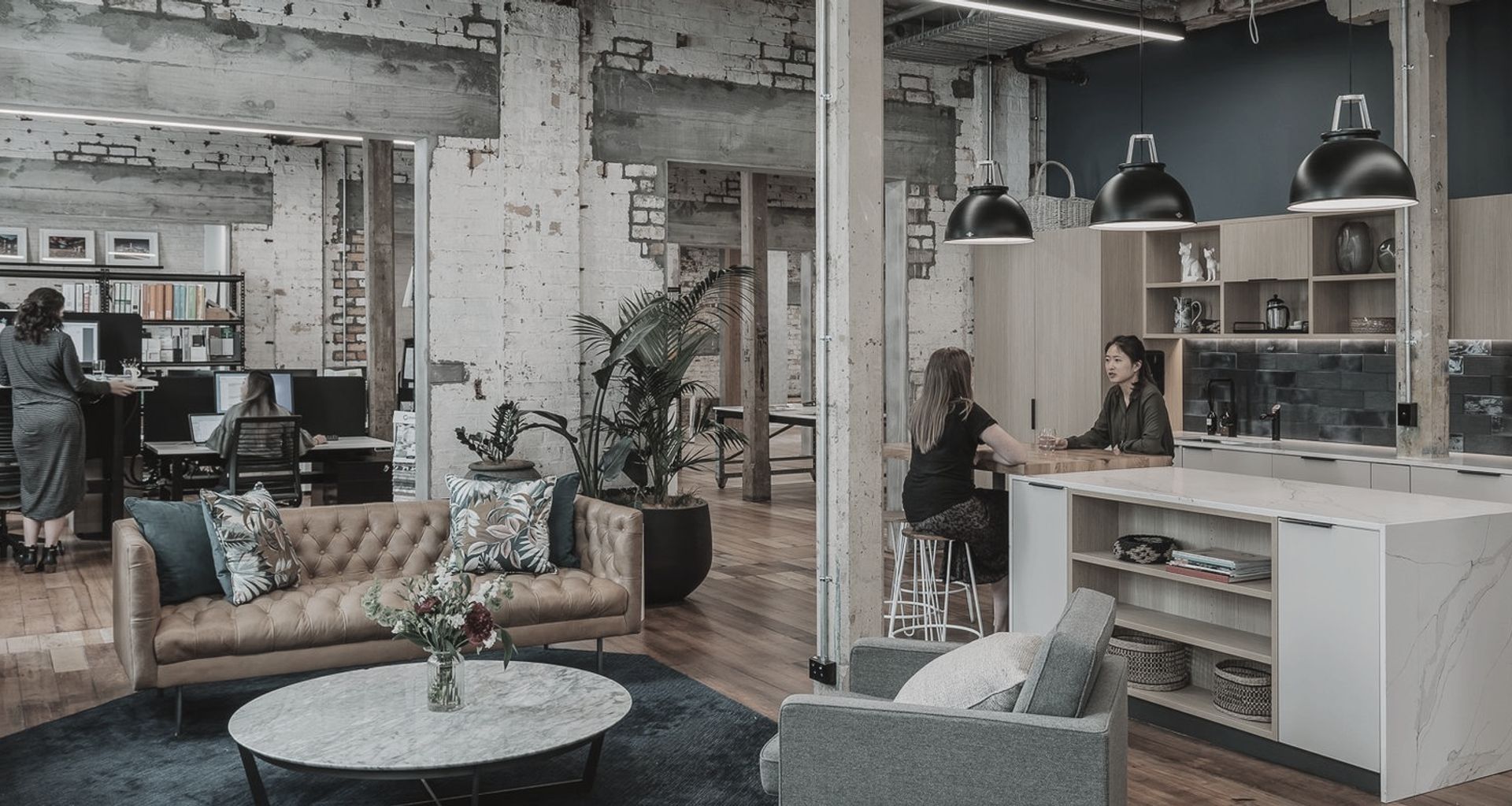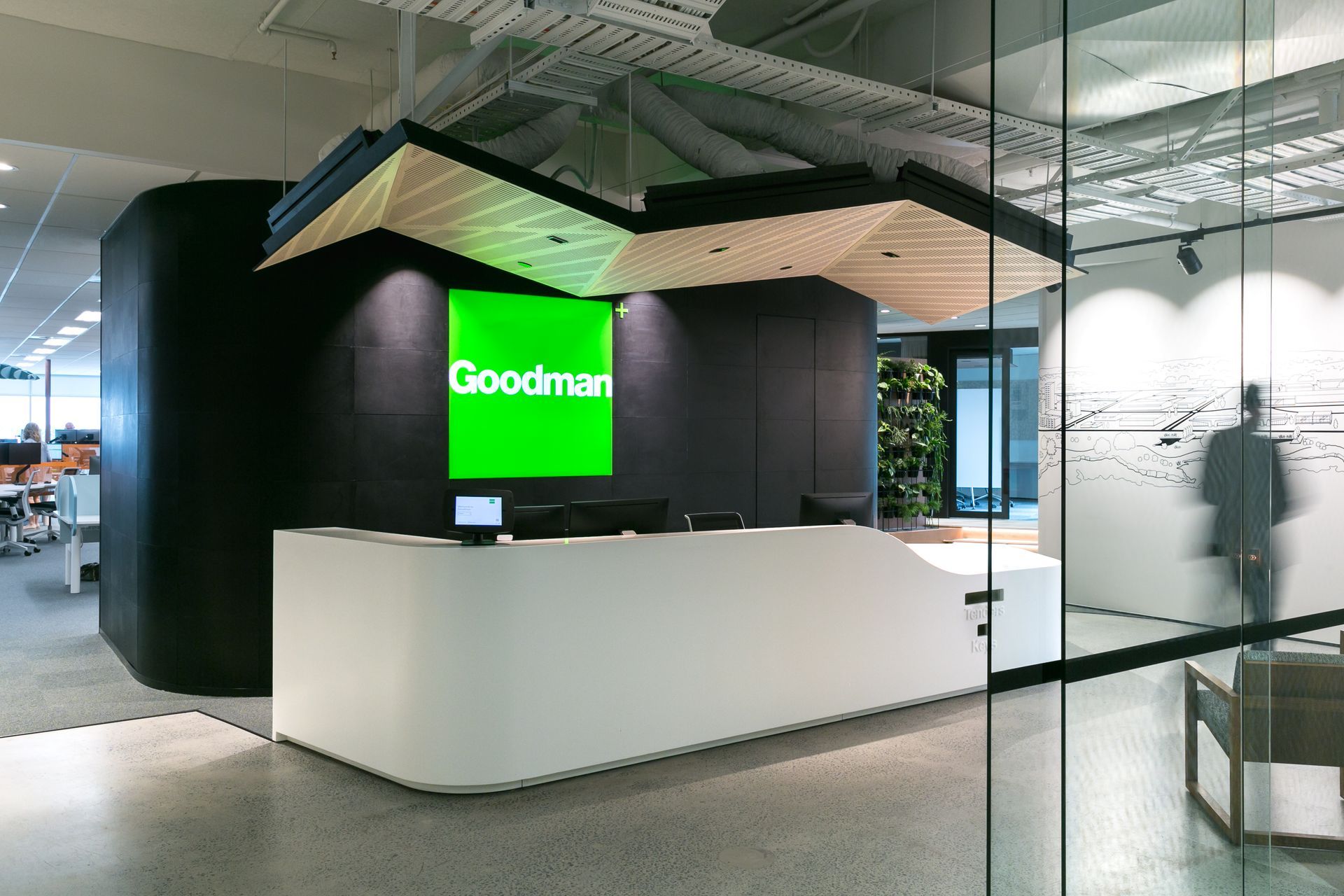How to design a workspace in the era of the ‘new normal’

After a period of serious disruption due to the COVID-19 pandemic, restrictions have slowly eased, and life for many has returned to a semblance of the normality seen prior to February 2020.
Beside the freedom of movement that the lifting of lockdowns have afforded, one of the most significant returns to normalcy was widespread return to the workplace – CBDs have filled up again and offices are becoming full. And this provides more work and opportunities for those who help make a workspace what it is.
This especially includes workspace designers – those who have brought their interior design skills and applied them to commercial offices and other workplaces. This is exactly the role of Kevin Russ, the workplace director at Tailor Inc., a New Zealand-based company specialising in property strategy, commercial design and project management.
Though Tailor Inc.’s workplace design is a relatively new offering, Kevin says this hasn’t affected Tailor Inc.’s early success in the space.
“We’re really excited to have formalised our workplace design offering into its own entity,” says Kevin. “So we’re now working with corporates, helping them to change or refresh their workspace, and we’re also involved with speculative projects too.”

A hybrid approach for the hybrid era
This has of course all come at a unique time in history, where COVID-based restrictions have ushered in a period of normalised hybrid working. So Tailor Inc.’s debut into the market has left them with a strategic advantage: they knew exactly what working environments should look and feel like in 2022, and moulded their offering to suit it.
“It’s the biggest change to the workplace that I’ve seen in my career spanning 35 years,” says Kevin. “The return to work is happening in dribs and drabs, but the key thing for companies is to not lose their internal culture and sense of collaboration – and to get the full experience of that, you need to be at the office in-person at least some of the time.”
But Kevin explains that it’s not so simple: a lot of people prefer remote working, and many want to come back to the office full-time. A hybrid workforce strikes this balance, but the role of the workspace must also reflect this new way of working. While it’s always been important to create a work environment that people want to work in, it’s even more crucial now if employers want to encourage more employees to ditch their home office.
“In light of this, central to our offering is creating a space people want to come to,” says Kevin. “Like before, it needs to have all the facilities they need to function collaboratively and efficiently – but now, it also needs to accommodate those who prefer a remote approach to working.”

The work club
Tailor Inc. calls this approach the ‘work club’ – an environment where workers genuinely enjoy being in their place of work. But what does this look like design-wise?
“I think we're moving strongly away from an intense hard fit out – where there's a lot of partitions and hard built items – into more of a’ kit of parts’ that can be moved around or disassembled to suit the teams and the culture of the workplace.
“This new ‘work club’ is moving towards a much more flexible, soft fit-out. This means less ‘built environment’ and more modular, versatile furniture that can mould itself around the needs of each different day.”
This reflects the new reality: that the office as we knew it is no more. Connectivity is everywhere; collaboration, creativity and culture are the leading drivers for high performing enterprises. Central to such companies are two key components: people and property. If the people aren’t enabled, productivity will suffer. If the property is wrong-sized or dysfunctional, cost is lost.
“A workplace can be anywhere, but we still need to gather, work together and share a sense of tribe and purpose – this is the essence of the modern workplace,” says Kevin. “It’s a place that provides well-considered, functional areas for unique businesses to produce, serve and thrive.
“At Tailor Inc.., we believe the workplace can be more than the sum of its parts – it can also be beautiful, with a character of its own.”
Learn more about Tailor Inc. and its workspace design.
